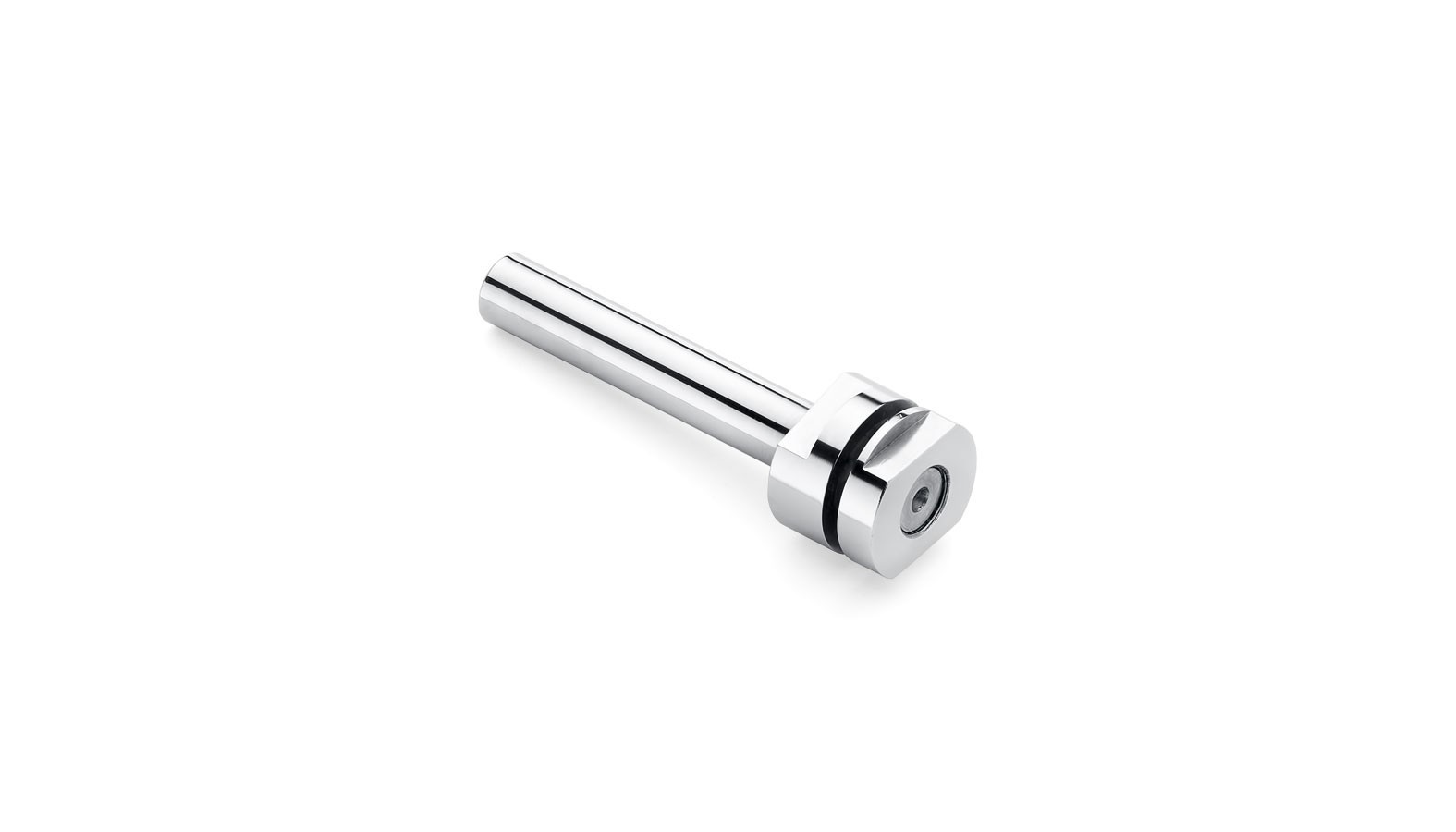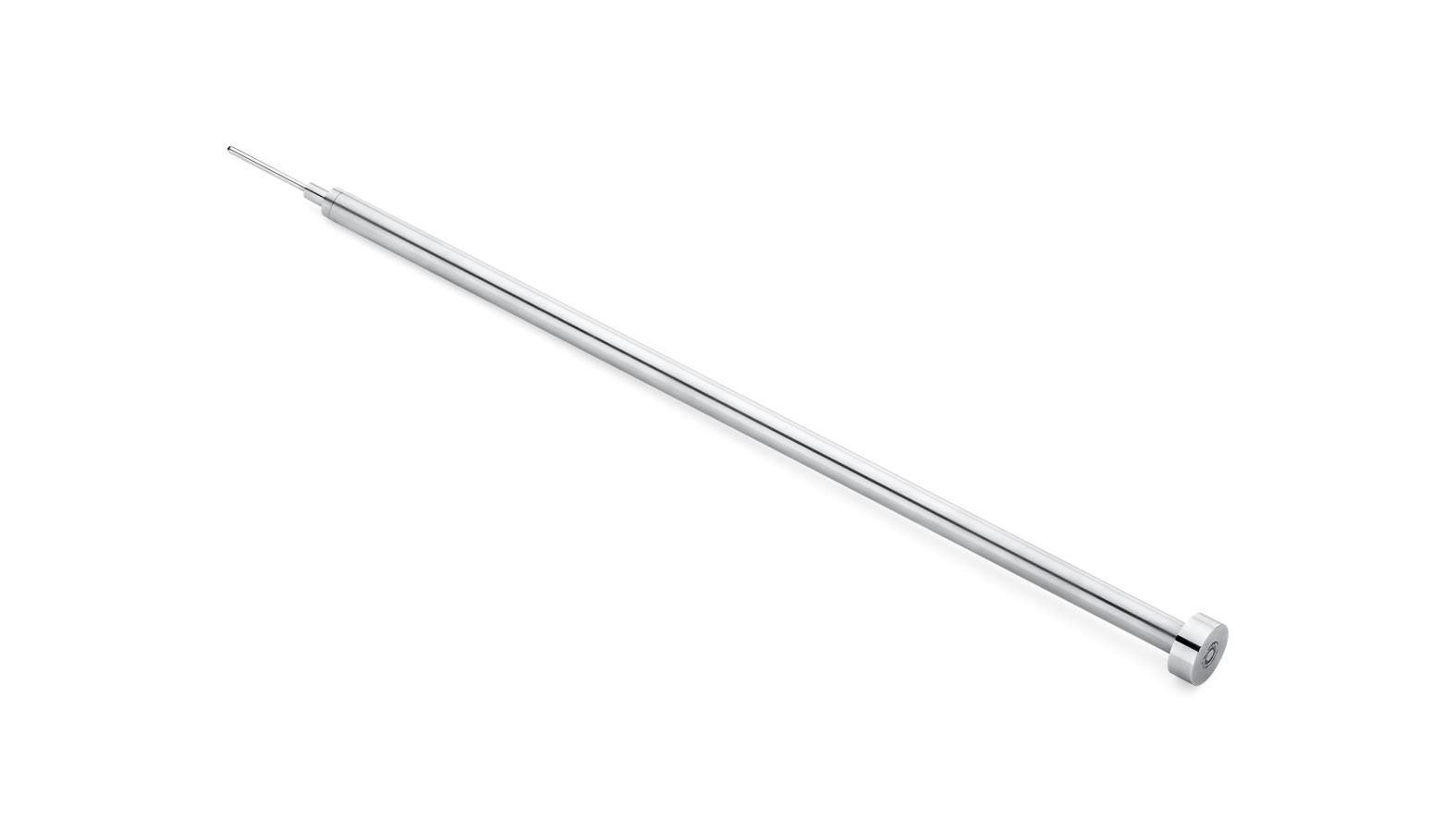Call
 +48 504 196 988
+48 504 196 988
PRODUCTION AND SERVICE CNC AND CONVENTIONAL TURNING
What is turning – Turning is a type of the mechanical working of the material – most often a roller, hexagon or section – concerned with removing an outer layer of the material with the use of a turning tool. Turning is slicing the outer layer, while boring is removal of the inner layer of the material – that is drilling a hole in the roller is followed by drilling its internal diameter at size.
Turning history, first CNC lathe history – early primitive prototypes of the turning lathe were invented in the ancient Egypt in Bronze Age. Machines of that time were driven by the power of human hands and supplied with a string drive in the form of the string wrapped around the roller. In terms of the structure that resembles modern machines, the turning lathe emerged in around XVI century when it had a fixed drive and immobile tools.
Types of turning lathes (lathes divided by technological progress).
Conventional turning lathes – the spindle drive of this lathe is based on the belt or gear. Feeds and rotational speed of the spindle are set manually. Today the lathe of this sort is used to produce single pieces, such a turning service is suitable for single pieces and for manufacturing simple elements of up to 100 pieces. Conventional turning lathes are of marginal significance in modern tool shops and production plants, yet are still used. The unquestionable advantage of this lathe is its price. In Poland these products usually date back to the 1970s.
CNC turning lathes – these turning lathes are usually based on FANUC, SIEMENS (SINUMERIC), HEIDENHAIN or MAZATROL control. The basis for rendering CNC turning services is 2 numerically controlled axes – X and Z. The program, i.e. the so-called tool path, is developed analogically to milling machines, that is in a G-code or machine cycles. The Z axis of the lathe is parallel to the treated material. The X axis is perpendicular to the treated material. 2 axes let you turn the material from the outside and bore inside. When speaking of the service, this is the foundation of the entire process, you can produce simple pieces (without milling, holes away from the axis and crosswise threads and spot drilling) in a repeatable way usually with production accuracy of up to +/- 0.02 mm, and with more frequent checks – up to +/- 0.01mm.

CNC turning lathes with a counterspindle – these lathes are supplied with 2 spindles for turning. In CNC turning services, it allows eliminating switching a piece from one side to the other. It also boosts the production (often twice) in relation to the single-spindle lathe and increases precision of the turned piece, which translates into a good price for the final client. Both spindles can operate at various rotational speeds and have diverse slicing parameters.
It often happens that the counterspindle is less powerful and has lower torque because it already turns the lighter pre-machined piece, yet it is not always the case. When it comes to CNC turning services, this is the basic type of the machine. Older CNC lathes without counterspindle in modern production plants are replaced by these machines.
CNC turning lathes / Turning centers with a bar feeder – such service and production machines are frequently integrated with the automatic bar feeder. This technology eliminates piece feed for CNC turning manually or via the robot arm. Turning with the automatic bar feeder is almost fully automatic (except for wearing of tools and corrections made during a turning process). Depending on the external diameter, bar feeders come in various configurations. The basic configuration of these feeders is length of bars handled by the feeder; these are 1.5-meter, 2-meter, 3-meter, 4-meter and 6-meter feeders. When it comes to CNC production and services, the most common feeders are 3 meters long. Popularity of 3-meter feeders results from the fact that steel mills and drawing mills most often produce bars that are 3 meters long.
How the bar feeder works in the automatic CNC lathe: a bar feeder is a bar store. You put from 8 to 30 bars into that store (depending on the diameter) and, for example, you can use one 3-meter bar to manufacture 10 pieces that are 25 mm long. This means that after you have loaded 10 bars onto the feeder, you are able to continuously produce 1000 pieces, with no regard to correction and quality control. Additionally these machines, often compatible with the industry 4.0, are connected through the Ethernet (online network) of the enterprise to the server or managing PC in order to monitor the performance of the machine, as well as its efficiency, downtime and alarms. Thanks to such facilities, the CNC operator can focus on the quality of the specific piece rather than transferring it from the spindle into spindle. In the most modern production plants, services and production are performed in such machines. In terms of volumes, these machines offer from at least 1000 pieces because process configuration is more time-consuming than in simpler machine variants.

Swiss automatic lathes – these machines are analogical to turning centers, yet the difference is in their ability to turn long pieces of a high-quality surface and strict manufacture tolerance (e.g. pieces with a diameter of 10mm and length of 600 mm can be made with an accuracy of up to 0.02mm in length and 10um in diameter). Their operation is different because the treated material slides along a pilot sleeve, which allows the turning automatic device to go back and move the material forward/backward, while tools are permanently fixed and do not move in the Z axis of the material. These are very efficient machines, most common in the modern production plants and CNC turning companies. These machines are also adapted to the industry 4.0. The example of such a machine is the STAR SR32JII Japanese lathe we own.


Lathes with Gantry Loader – These are usually turning centers or lathes. The distinctive feature of these CNC lathes is the fact that they are supplied with a Cartesian robot operating in 3 axes – X, Y, Z – whose task is to feed or collect ready-made pieces from the machine. In terms of services, machines with the Gantry Loader are most frequently used for larger diameters (commonly above 42 mm). Considering the bar with a diameter of e.g. 50 mm, made of stainless steel, black steel, acid resistant steel, the weight of a 3-m rod is 46 kg, so you need two people to load such a bar into the feeder. To avoid this situation, a pre-cut material is used, for example cut into 50-m sections (in such a case their weight does not exceed 1 kg). In turn Gantry Loader feeds a cut material to the CNC lather and collects it from the spindle. This is a fully automatic process that can also provide transportation of partially treated pieces between machines in the engineering line. In SCALMAX CNC, we have the NAKAMURA TOME WY100II machine that can cooperate with an industrial robot or Gantry Loader, see photo below.

One hit machining turning centers – when it comes to services and production of pieces in the CNC technology, these are the most modern and most precise machines in the world. The example is the machine that we hold in our machine park, that is NAKAMURA TOME WY100II. The turning center is the combination of a multi-head and 2-spindle lathe with a milling machine. Such a machine is highly precise and serves in terms of its structure as a combination of a lathe and miller. Services and production in such a „one hit machining” turning center is a pure pleasure to the client and contractor as the machine guarantees the most precise, fastest and the least engaging work of the operator. The ready piece is collected by the collecting robot located inside the machine and positioned on the piece collector belt that transports it to the outer part of the machine – this assures negligible amount of bending and cracking related to transportation of pieces from the machine, and is fully automatic. The one hit machining turning center is usually equipped with statistical functions, connection to Ethernet network, collision simulations and many other facilities. In terms of service and production, this is currently the best solution – such a machine can be supplied with the automatic bar feeder and Gantry Loader at the same time. Industry 4.0 is the essence of such a CNC lathe and comes with everything, including statistical functions. In SCALMAX CNC, we have the NAKAMURA TOME WY100II machine, see photo below.





 +48 504 196 988
+48 504 196 988 info@cnc-poland.eu
info@cnc-poland.eu